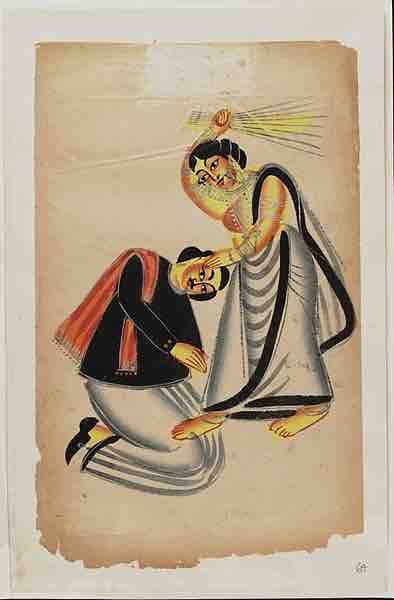Domestic violence is defined as a pattern of abusive behaviors by one partner against another in an intimate relationship such as marriage, dating, family, or cohabitation. In this definition, domestic violence takes many forms, including physical aggression or assault, sexual abuse, emotional abuse, controlling or domineering behaviour, intimidation, stalking, passive/covert abuse, and economic deprivation. Alcohol consumption and mental illness can be co-morbid with abuse, presenting additional challenges in eliminating domestic violence. In general, awareness, perception, definition, and documentation of domestic violence differ widely from country to country, and from era to era.
Forms of Domestic Violence
All forms of domestic abuse have one purpose: to gain and maintain control over the victim. Abusers use many tactics to exert power over their spouse or partner: dominance, humiliation, isolation, threats, intimidation, denial, and blame. Physical abuse is abuse involving contact intended to cause feelings of intimidation, pain, injury, or other physical suffering or bodily harm. Physical abuse includes hitting, slapping, punching, choking, pushing, burning, and other types of contact that result in physical injury to the victim. Physical abuse can also include behaviors such as denying the victim of medical care when needed, depriving the victim of sleep or other functions necessary to live, or forcing the victim to engage in drug/alcohol use against his/her will. Sexual abuse is any situation in which force or threat is used to obtain participation in unwanted sexual activity. Coercing a person to engage in sexual activity against his or her will, even if that person is a spouse or intimate partner with whom consensual sex has occurred, is an act of aggression and violence.
Emotional abuse can include humiliating the victim privately or publicly, controlling what the victim can and cannot do, withholding information from the victim, deliberately doing something to make the victim feel diminished or embarrassed, isolating the victim from friends and family, implicitly blackmailing the victim by harming others when the victim expresses independence or happiness, or denying the victim access to money or other basic resources and necessities. Degradation in any form can be considered psychological abuse.
Verbal abuse is a form of emotionally abusive behavior involving the use of language. Verbal abuse can also be referred to as the act of threatening. Through threatening a person can blatantly say they will harm you in any way and will also be considered as abuse.
Economic abuse is a form of abuse when one intimate partner has control over the other partner's access to economic resources. Economic abuse may involve preventing a spouse from resource acquisition, limiting the amount of resources to use by the victim, or by exploiting economic resources of the victim.
Effects of Domestic Abuse
3.3 million children witness domestic violence each year in the US. There has been an increase in acknowledgment that children exposed to domestic abuse during their upbringing will suffer in their developmental and psychological welfare. Because of the awareness of domestic violence that some children have to face, it also generally impacts how the child develops emotionally, socially, behaviorally as well as cognitively. Some emotional and behavioral problems that can result due to domestic violence include increased aggressiveness, anxiety, and changes in how a child socializes with friends, family, and authorities. Bruises, broken bones, head injuries, lacerations, and internal bleeding are some of the acute effects of a domestic violence incident that require medical attention and hospitalization.
High amounts of stress, fear, and anxiety are commonly reported by victims still living with their perpetrators. These are known as the psychological effects of domestic violence. Depression is also common, as victims are made to feel guilty for ‘provoking' the abuse and are frequently subjected to intense criticism. A reported 60 percent of victims meet the diagnostic criteria for depression, either during or after termination of the relationship, and have a greatly increased risk of suicide. Once victims leave their perpetrator, they can be stunned with the reality of the extent to which the abuse has taken away their autonomy. Due to economic abuse and isolation, victims usually have very little money of their own and few people on whom they can rely when seeking help. These are the financial effects of domestic violence. This has been shown to be one of the greatest obstacles facing victims of DV, discouraging them from leaving their abusers.

Family Violence
Kalighat Painting, "Woman Striking Man With Broom," Calcutta, India, 1875.